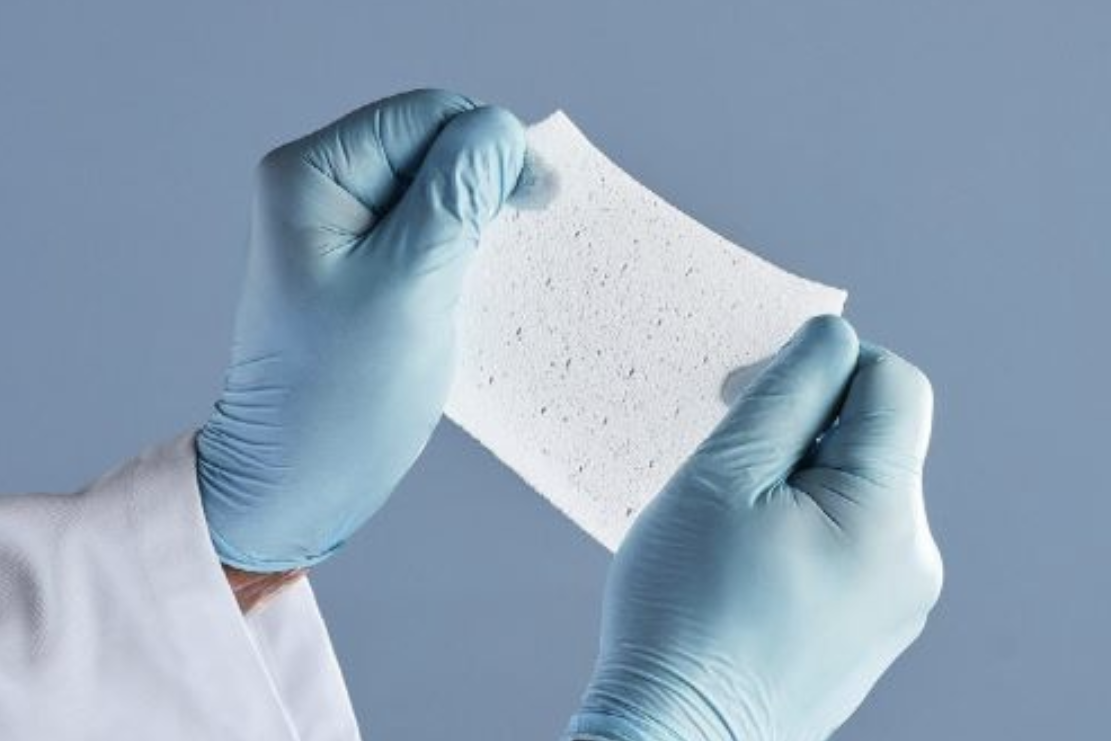News
30 May, 2025
Burning new treatments
Severe burns remain among the most difficult injuries to treat, causing significant illness and death worldwide. However, Australian researchers have identified promising new approaches that could save lives and greatly improve recovery for burn patients.

In a comprehensive review published in Advanced Therapeutics, researchers from the University of South Australia (UniSA), the University of Adelaide, and the Royal Adelaide Hospital (RAH) examined recent advances in dermal substitutes — biochemical materials used to replace damaged skin. Their focus was on strategies to combat infection and promote tissue regeneration following catastrophic burns.
Lead authors Dr. Zlatko Kopecki and Dr. Bronwyn Dearman stress the urgent need for safer, more effective treatments. “Infections are a major cause of complications and mortality in burn patients,” said Dr. Kopecki, a Research Fellow at UniSA’s Future Industries Institute. “We must innovate beyond conventional methods and develop therapies that regenerate tissue while actively preventing infections.”
Annually, around 2,423 Australians are admitted to hospital with burn injuries, and 74% require surgery, including skin grafts.
While many commercial skin substitutes exist, the review highlights that few incorporate integrated antimicrobial protection — a crucial feature given burn wounds’ susceptibility to bacterial infection and sepsis.
The paper discusses emerging technologies such as Kerecis, a novel fish skin graft with natural antimicrobial properties, and NovoSorb BTM, a synthetic biodegradable matrix designed to resist bacterial colonization without relying on antibiotics.

